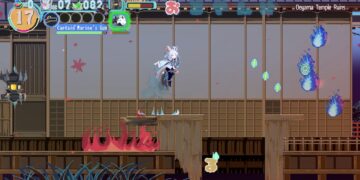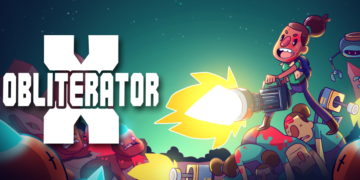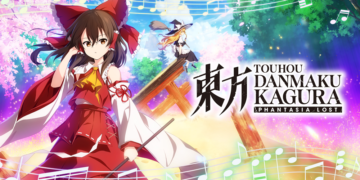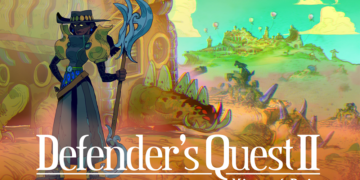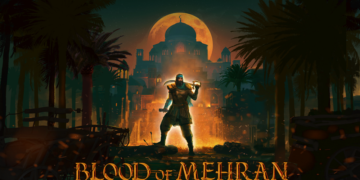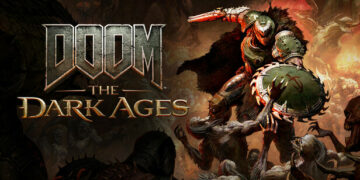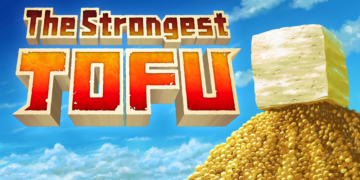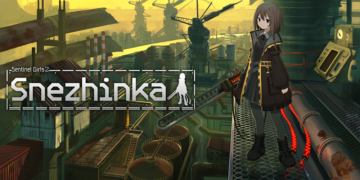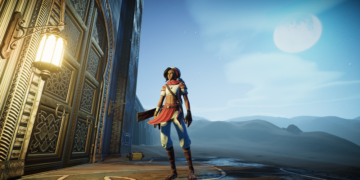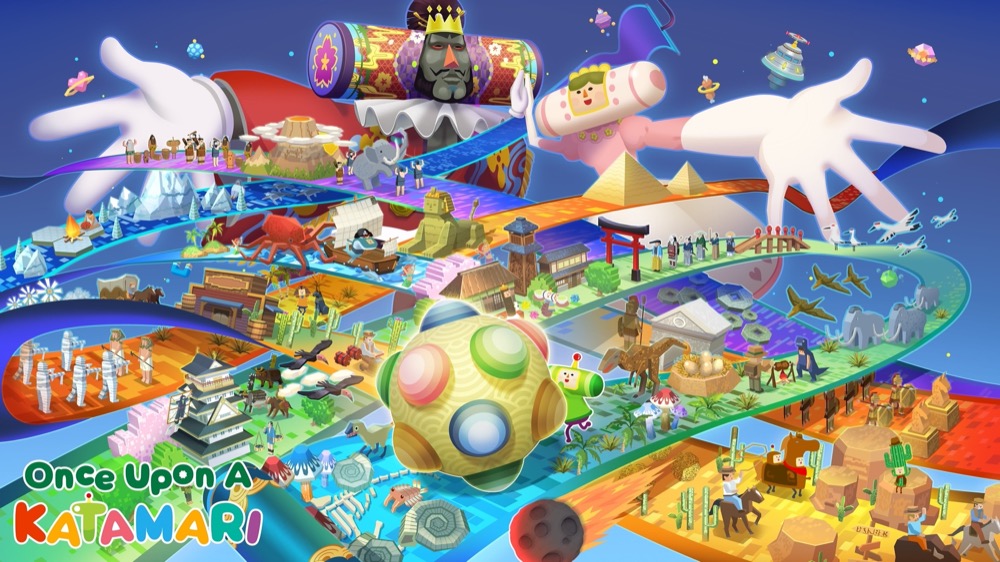Once Upon a Katamari finally rolls onto modern platforms, after 14 years without a fully original entry. It arrives not just as a nostalgic revival of the beloved Katamari formula, but as the series’ most ambitious evolution to date. With time-traveling stages, fresh power-ups, new objectives, and the introduction of competitive multiplayer, this is easily the biggest leap the franchise has taken since its PS2 days.
At its core, the game preserves everything that makes Katamari… Katamari. You still guide the Prince with two-stick movement, rolling up everything from coins to dinosaurs, growing your katamari until you either meet a size goal or satisfy the King’s latest whimsical demand. The meditative rhythm and escalating chaos remain intact, and longtime fans will feel right at home within seconds.
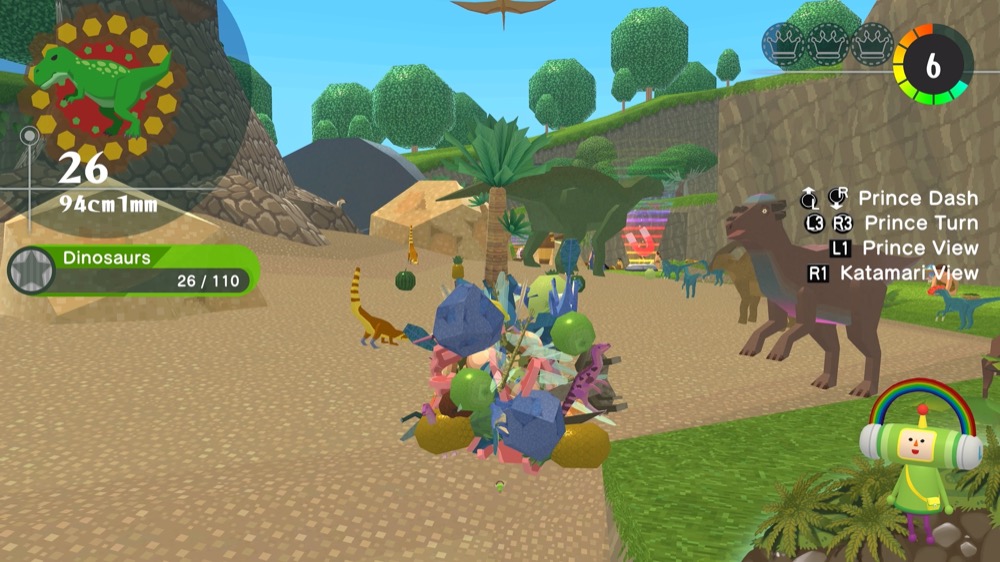
Rolling Through History
The new time-travel framework is where the series truly evolves. Across more than 50 levels set in nine distinct eras, the Prince travels from the Ice Age to Ancient Greece to Edo Japan, each filled with era-specific objects, jokes, and oddities. The variety is refreshing, especially compared to the more asset-recycled entries of the past.
Objectives vary widely. Some stages require reaching a target size, while others ask you to gather specific items or complete focused quests. Replaying stages might be needed to amass the number of crowns you need to collect to unlock additional quests, but replaying stages rarely feels grinding, as you can change your approach and strategise with power-ups; the level design keeps encounters playful and fast.
New power-ups: like magnets that quickly pull in nearby items, rockets that deliver speed bursts, and radars that highlight secrets add extra layers to the familiar movement. They never break the traditional gameplay, but they do expand its possibilities in smart, approachable ways.

A World Overflowing with Details
The developers clearly embraced the freedom of modern hardware. Every stage resembles a living diorama bursting with charm: human cosplaying as a dinosaur among real dinosaurs, cats in Spartan armour, kaiju wrestling, and mummies filming a TV show under pyramids. The visual density makes rolling through environments a constant delight, and the crisp presentation finally brings the series fully into current-gen territory.
The soundtrack is equally strong, mixing nostalgic J-pop energy with genre-fusing experimental tracks. Longtime fans will recognise and enjoy the return of classic composers, and newcomers will likely wonder why Katamari music has such an addictive gravitational pull.

Multiplayer and Replayability
One of the most significant additions is Katamari Ball, a multiplayer mode for up to four players. It’s frantic, silly, and instantly feels like a natural extension of the series. Competing to roll up the most items in a shared arena can get surprisingly tactical, and it doubles as a chaotic party game.
Replayability is strong across the board. Each level contains hidden crowns, presents, cosmetic accessories, and mysterious Cousins that become playable once found. Collecting everything feels more rewarding than in past games, thanks to a smoother difficulty curve, clearer and more objective mission structures.
The overworld also evolves as you complete quests, visually reflecting your progress and giving a sense of building momentum across the cosmos.

Verdict: A Joyful Return and the Series’ Boldest Step Forward
Once Upon a Katamari manages to be both a triumphant return and a meaningful evolution. It delivers the meditative chaos and offbeat humour fans love, while bringing new ideas, time travel, power-ups, quest-based progression, and multiplayer into the fold with confidence.
It is still unmistakably Katamari, just bigger, brighter, and overflowing with creativity. Whether you’re a longtime fan or rolling your first katamari, this entry offers hours of delight, challenge, and surprise. This is Katamari rediscovered, refreshed, and ready for a new generation.









